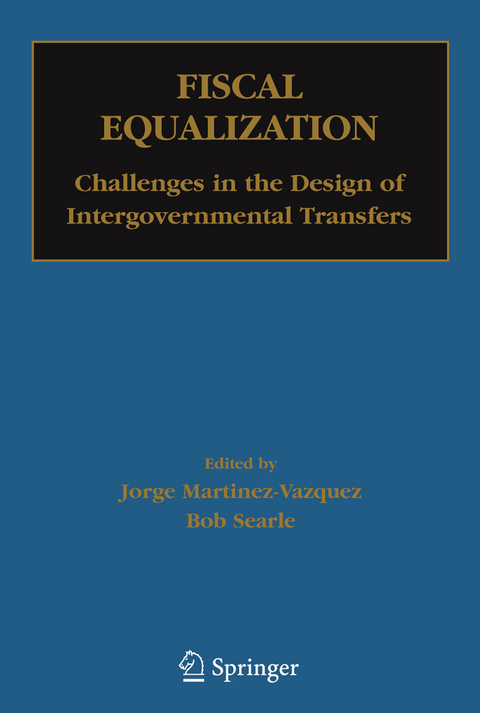
Fiscal Equalization
Springer-Verlag New York Inc.
978-0-387-48987-2 (ISBN)
Challenges in the Design of Fiscal Equalization and Intergovernmental Transfers.- The Nature of Equalization - Objectives and Consequences.- Fiscal Capacity Equalization and Economic Efficiency: The Case of Australia.- Ensuring Inter-Regional Equity and Poverty Reduction.- The Impact of Equalization on Service Delivery.- Harmonizing Objectives and Outcomes at the National and Sub-National Levels Through Citizen Engagement and Capacity Building (With Special References to the Philippines).- Discussant Comments.- The Institutional Setting.- A Framework for Evaluating Alternate Institutional Arrangements for Fiscal Equalization Transfers.- Intergovernmental Transfers: The Funding Rule and Mechanisms.- Intergovernmental Transfers: The Vertical Sharing Dimension.- Discussant Comments.- Challenges in Implementing Equalizaton.- Expenditure-Based Equalization Transfers.- Designing Intergovernmental Equalization Transfers with Imperfect Data: Concepts, Practices, and Lessons.- A Model for Public Infrastructure Equalization in Transitional Economies.- Discussant Comments.- The Relationship of Equalization to Other Policies.- Revenue Sharing, Natural Resources and Fiscal Equalization.- The Nature and Functions of Tied Grants.- Intergovernmental Loans: Their Fit into a Transfer System.- Discussant Comments.- The Bigger Picture.- The Political Economy of Equalization Transfers.- Discussant Comments.
| Erscheint lt. Verlag | 4.12.2006 |
|---|---|
| Zusatzinfo | X, 502 p. |
| Verlagsort | New York, NY |
| Sprache | englisch |
| Maße | 156 x 235 mm |
| Themenwelt | Recht / Steuern ► Steuern / Steuerrecht |
| Wirtschaft ► Volkswirtschaftslehre ► Wirtschaftspolitik | |
| ISBN-10 | 0-387-48987-8 / 0387489878 |
| ISBN-13 | 978-0-387-48987-2 / 9780387489872 |
| Zustand | Neuware |
| Informationen gemäß Produktsicherheitsverordnung (GPSR) | |
| Haben Sie eine Frage zum Produkt? |
aus dem Bereich


